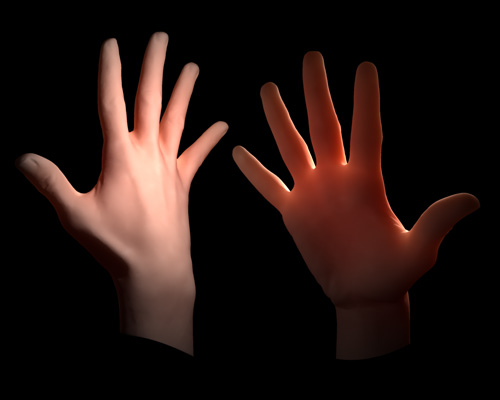texshred777
Well-Known Member
Repost-Originally posted in electronics/computers/it/gaming area-
I've had CS4 and a Wacom tablet for a little while now, but Illustrator and Photoshop are a bit overwhelming for a newb. I'm also colorblind, so building/picking colors is a bit more difficult for me than they might be for someone else.
I've seen a few at DeviantArt, but most are geared towards people who are pretty familiar with the programs already.
I'm good with either online articles, videos or even good books on the subject.
I've also picked up a first generation iPad and getting Sketchbook Pro to go with it. I know it's not as powerful as CS4 but it'll be nice to have a portable sketchbook with decent tools built in and not have to carry around a sketchbook, pencils, markers, etc. My Wacom isn't touch sensitive anyway, I'll just set opacity manually.
If anyone here is fluent or at least proficient with digital painting/drawing could you give me some good tips to start off with?
There's a few things in particular I've wondered about. Getting a good flesh tone, replicating metallics and giving fabrics/material texture.
I've had CS4 and a Wacom tablet for a little while now, but Illustrator and Photoshop are a bit overwhelming for a newb. I'm also colorblind, so building/picking colors is a bit more difficult for me than they might be for someone else.
I've seen a few at DeviantArt, but most are geared towards people who are pretty familiar with the programs already.
I'm good with either online articles, videos or even good books on the subject.
I've also picked up a first generation iPad and getting Sketchbook Pro to go with it. I know it's not as powerful as CS4 but it'll be nice to have a portable sketchbook with decent tools built in and not have to carry around a sketchbook, pencils, markers, etc. My Wacom isn't touch sensitive anyway, I'll just set opacity manually.
If anyone here is fluent or at least proficient with digital painting/drawing could you give me some good tips to start off with?
There's a few things in particular I've wondered about. Getting a good flesh tone, replicating metallics and giving fabrics/material texture.





